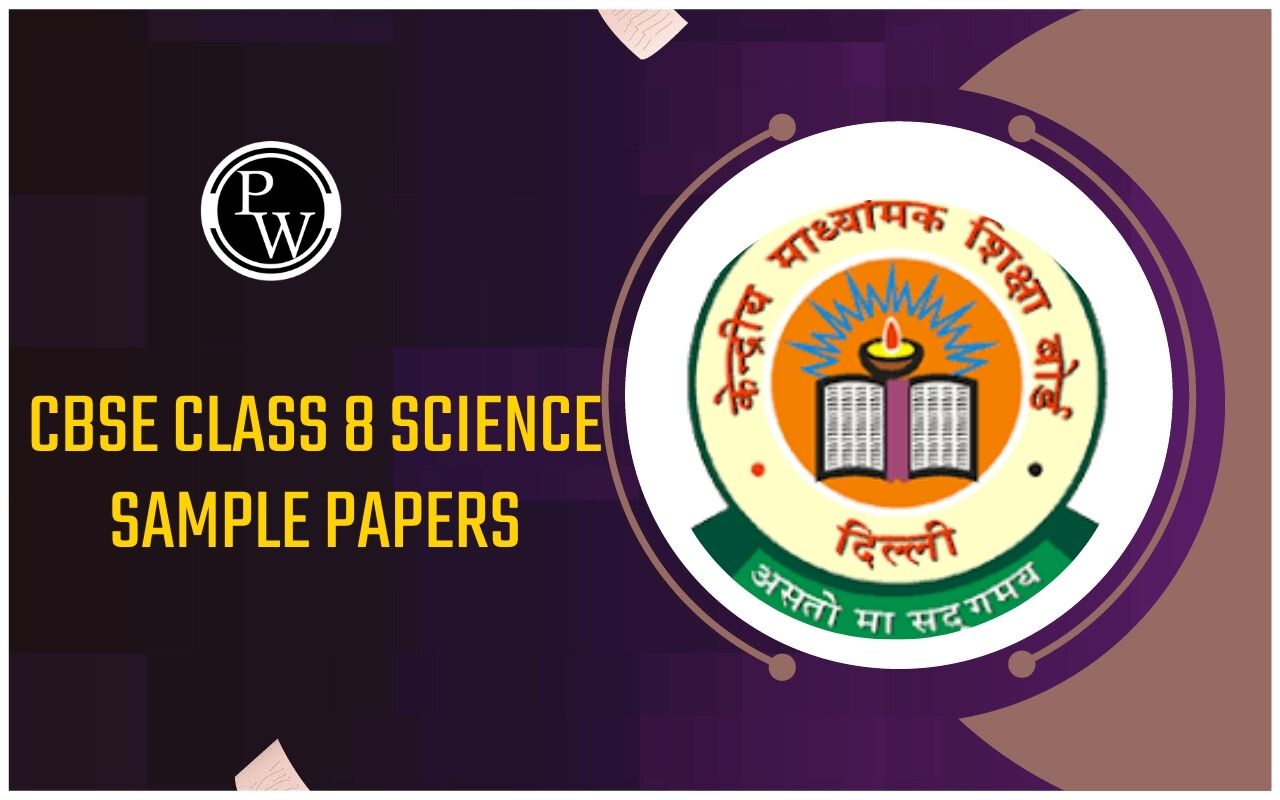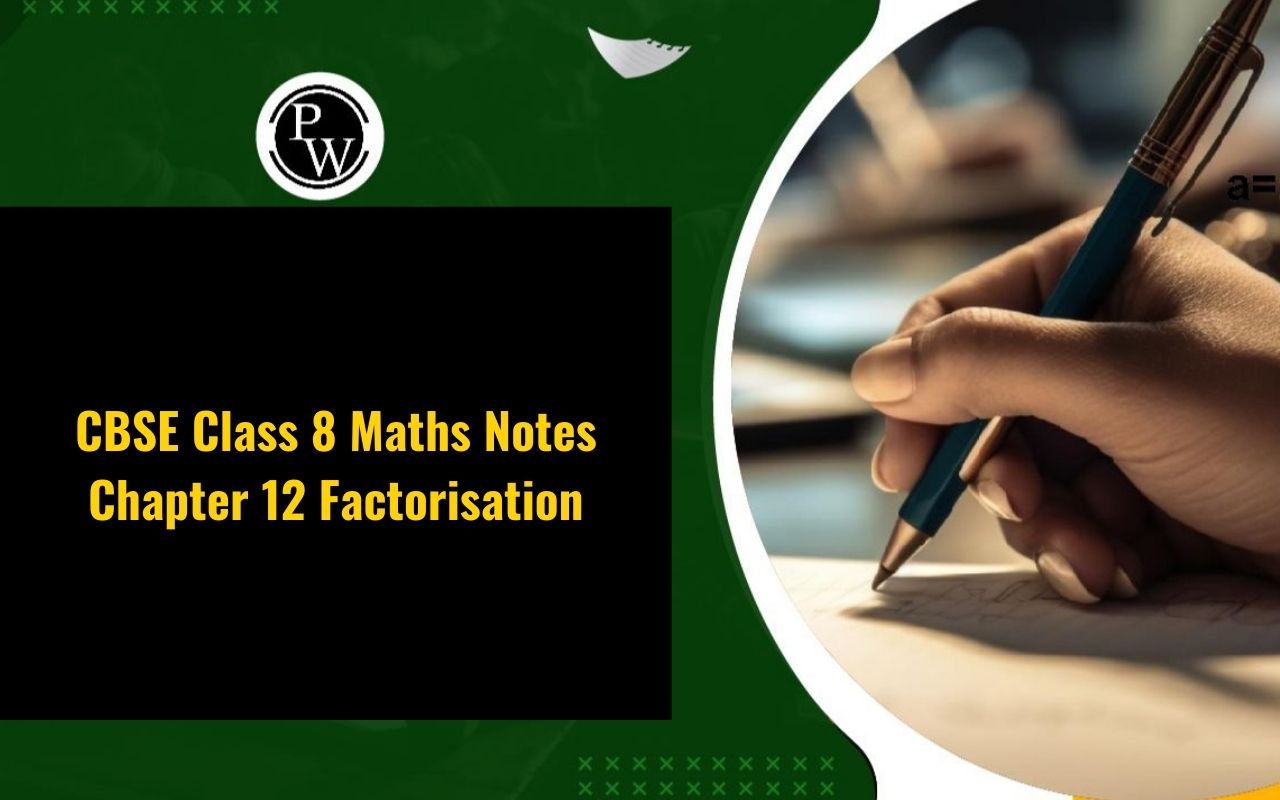
CBSE Class 8 Maths Notes Chapter 2: Chapter 2 of CBSE Class 8 Maths, Linear Equations in One Variable, focuses on solving equations of the form ax+b=0 , where x is the variable. The chapter teaches students how to isolate the variable using operations like addition, subtraction, multiplication, and division.
It also covers equations with variables on both sides, fractional and decimal coefficients, and negative values. Students are introduced to word problems, translating real-life situations into linear equations. The chapter emphasizes the transposition method, preparing students for more complex algebraic equations and real-world applications.CBSE Class 8 Maths Notes Chapter 2 Overview
Chapter 2 of CBSE Class 8 Maths, titled Linear Equations in One Variable, introduces students to the concept of solving equations involving one variable. A linear equation in one variable is of the form ax+b=0 , where and b are real numbers, and is the variable. The goal is to find the value of the variable that satisfies the equation. The chapter starts by explaining the basic form of linear equations and gradually teaches students how to isolate the variable using various operations like addition, subtraction, multiplication, and division. It covers solving equations where the variable is present on one side as well as on both sides of the equation. Additionally, students are introduced to word problems, where real-life scenarios are translated into linear equations. This helps in understanding the practical application of the concept. The chapter also covers how to handle equations that involve fractions, decimals, or negative values.CBSE Class 8 Maths Notes Chapter 2 PDF
Here we have provided CBSE Class 8 Maths Notes Chapter 2 Linear Equations in One Variable pdf for the ease of students. Students can download these solutions and use them without internet.CBSE Class 8 Maths Notes Chapter 2 PDF
CBSE Class 8 Maths Notes Chapter 2 Linear Equations in One Variable
One variable makes up a linear equation in one variable, and the highest power of the variables employed in the equations is 1. This linear equation can have any rational number as its solution. Expressions that are linear on both sides of the equal to sign may be found in this equation. We can transpose the variables from one side of the equation to the other, just like we can with integers. The process of simplifying equations created by expressions can be achieved by equating the expression by multiplication using appropriate approaches, so transforming the equation into a linear form. Applications of linear equations can be found in mathematics as well as a variety of other contexts, including difficulties involving numbers, perimeter, ages, and currency.Variables and Constants
A constant is a value or number that remains constant throughout an expression and never varies. A variable is a letter that stands for an unidentified number. It can have any value; its value is not fixed. A constant, on the other hand, always has the same value. For instance, in the phrase 4x+7, x is a variable and 4 and 7 are constants.Algebraic Equation
An algebraic equation is the declaration of equality between two algebraic expressions. It takes the form P=Q, where P and Q are expressions in algebra. There exist algebraic expressions for 6x + 5 and 5x + 3. We obtain an algebraic equation by equating the algebraic expressions. This is an algebraic equation: 6x + 5 = 5x + 3.Linear Equations in One Variable
An algebraic equation with a single variable whose maximum power is one and each term being either a constant or the product of a constant and a single variable is called a linear equation. A linear equation is referred to as being in one variable if there is only one variable in it. An example of a linear equation in one variable is 7x + 4 = 5x + 8.Solving Linear Equations
Performing Mathematical Operations on Equations
Mathematical operations on a linear equation must be performed on both sides of the equality in order for the equality to hold. Let's say that the equation 4x + 3 = 3x + 7 is linear. To ensure that the equality holds true, we must deduct 3 from the provided equation on both sides of it. 4 x + 3 − 3 = 3 x + 7 − 3 4 x = 3 x + 4 In a similar vein, to multiply or divide the equation, we simply multiply or divide by the specified number all of the terms that are on the left and right sides of the equivalence. Note: the equation cannot be divided or multiplied by 0.Solving Equations with Linear Expression on one side and numbers on the other side
Let's say we need to solve the equation 2x−3=7, where the numbers are on the right and the linear expression is on the left. The first step is to translate every constant phrase from the left to the right. 2 x = 7 + 3 = 10 ⇒ 2 x = 10 Step 2: Divide both sides of the equation by the coefficient of the variable. In the above equation 2 x is on the left-hand side. The coefficient of 2 x is 2. On dividing the equation by two, We get: (½) × (2x) = (½) × (10) It can be written as: 2x/2 = 10/2 x = 5, which is the required solution for the given linear equation in one variable 2x – 3 = 7. Let us consider an another example, 2x + 4 = 12 Now, keep the tern 2x on the left hand side and bring 4 on the right hand side of the equation. So, we get 2x = 12 – 4 2x = 8 x = 8/2 x = 4Solving Equations with variables on both sides
Let's say we need to figure out 3x – 3 equals x + 2. Both sides of the equation in this case contain variables. First, move all of the phrases that contain variables from the right side of the equation to the left, and all of the constants from the left side to the right. 3 x − x = 2 + 3 ⇒ 2 x = 5 Step 2: Divide both sides of the equation by the coefficient of the variable. (½) × (2x) = (½) × 5 We can write the above equation as follows: 2x/2 = 5/2 Now, cancel out 2 on the left hand side of the equation, we get x = 5/2, which is the required solution.Applications (Word Problems)
Question:
The sum of two numbers is 74. If one of the numbers is 10 more than the other number, find the two numbers.Solution:
Let one of the numbers be x. Then the other number is x + 10. Given that the sum of the two numbers is 74. So, x+(x+10)=74 ⇒2x+10=74 ⇒2x=74−10=64 x = 64/2 x = 32 Therefore, one number is 32. As given, the one of the numbers is 10 more than the other, we get x + 10 = 32 + 10 = 42. Therefore, the two numbers are 32 and 42.Equations Reducible to the Linear Form
Question:
(x+1)/(2x + 3) = ⅜Solution:
Given equation: (x+1)/(2x + 3) = ⅜ Now, cross multiply the equation, we get 8(x + 1) = 3(2x + 3) 8x + 8 = 6x + 9 Now, bring the variables on one side and constants on the other side, 8x – 6x = 9 – 8 On simplifying the above equation, 2x = 1 x = ½. Now, this can be written as: x – (½) = 0Reducing Equations to Simpler Form
Question:
Simplify the equation: [(6x + 1)/3] + 1 = (x – 3)/6. Also, justify your answer.Solution:
Given Equation: [(6x + 1)/3] + 1 = (x – 3)/6 To simplify the given equation, take the LCM of 3 and 6, which is 6. Now, multiply both sides of the equation by 6, we get [6(6x + 1)/3] + 1(6) = 6(x – 3)/6 2(6x+1) + 6 = x – 3 12x + 2 + 6 = x – 3 Now, bring all the terms with variables on one sides and constants on the other side. So, we get 12x + 8 = x – 3 12x – x = -3 – 8 11x = -11 x = -11/11 x = -1 Hence, the simplification of [(6x + 1)/3] + 1 = (x – 3)/6 is x = -1, which is the required solution.Justification:
Now, substitute x = -1 in the given equation. LHS: [(6x + 1)/3] + 1 LHS = [(6(-1) + 1)/3] + 1 LHS = [(-6 + 1)/3] + 1 LHS = (-5/3) + 1 LHS = (-5 + 3) /3 LHS = -⅔ Now, take the expression on the right side of the given equation. RHS = (x – 3)/6 RHS = (-1 – 3)/6 RHS = -4/6 RHS = -⅔ Therefore, LHS = RHS. Hence, verified.Benefits of CBSE Class 8 Maths Notes Chapter 2
CBSE Class 8 Maths Notes Chapter 2 FAQs
Who discovered the linear equation in one variable?
Sir William Rowan Hamilton
What is a linear equation in one variable important notes?
The linear equations in one variable is an equation which is expressed in the form of ax+b = 0, where a and b are two integers, and x is a variable and has only one solution. For example, 2x+3=8 is a linear equation having a single variable in it. Therefore, this equation has only one solution, which is x = 5/2.
What are the methods of solving linear equations in one variable?
Simplify each side of the equation, if required. Use the distributive property to eliminate parentheses and combine like terms. Isolate the variable term on one side of the equation and numbers on the other side. Use the addition or subtraction property of equality.
What is linear equations in one variable also known as?
If a linear equation has only one variable, then it is called a simple equation. Such equations include only one such value that is a variable while the other terms are constant. For example, 2a+3=5 is such an equation where a is the variable term.
Talk to a counsellorHave doubts? Our support team will be happy to assist you!

Free Learning Resources
PW Books
Notes (Class 10-12)
PW Study Materials
Notes (Class 6-9)
Ncert Solutions
Govt Exams
Class 6th to 12th Online Courses
Govt Job Exams Courses
UPSC Coaching
Defence Exam Coaching
Gate Exam Coaching
Other Exams
Know about Physics Wallah
Physics Wallah is an Indian edtech platform that provides accessible & comprehensive learning experiences to students from Class 6th to postgraduate level. We also provide extensive NCERT solutions, sample paper, NEET, JEE Mains, BITSAT previous year papers & more such resources to students. Physics Wallah also caters to over 3.5 million registered students and over 78 lakh+ Youtube subscribers with 4.8 rating on its app.
We Stand Out because
We provide students with intensive courses with India’s qualified & experienced faculties & mentors. PW strives to make the learning experience comprehensive and accessible for students of all sections of society. We believe in empowering every single student who couldn't dream of a good career in engineering and medical field earlier.
Our Key Focus Areas
Physics Wallah's main focus is to make the learning experience as economical as possible for all students. With our affordable courses like Lakshya, Udaan and Arjuna and many others, we have been able to provide a platform for lakhs of aspirants. From providing Chemistry, Maths, Physics formula to giving e-books of eminent authors like RD Sharma, RS Aggarwal and Lakhmir Singh, PW focuses on every single student's need for preparation.
What Makes Us Different
Physics Wallah strives to develop a comprehensive pedagogical structure for students, where they get a state-of-the-art learning experience with study material and resources. Apart from catering students preparing for JEE Mains and NEET, PW also provides study material for each state board like Uttar Pradesh, Bihar, and others
Copyright © 2025 Physicswallah Limited All rights reserved.
Get App








